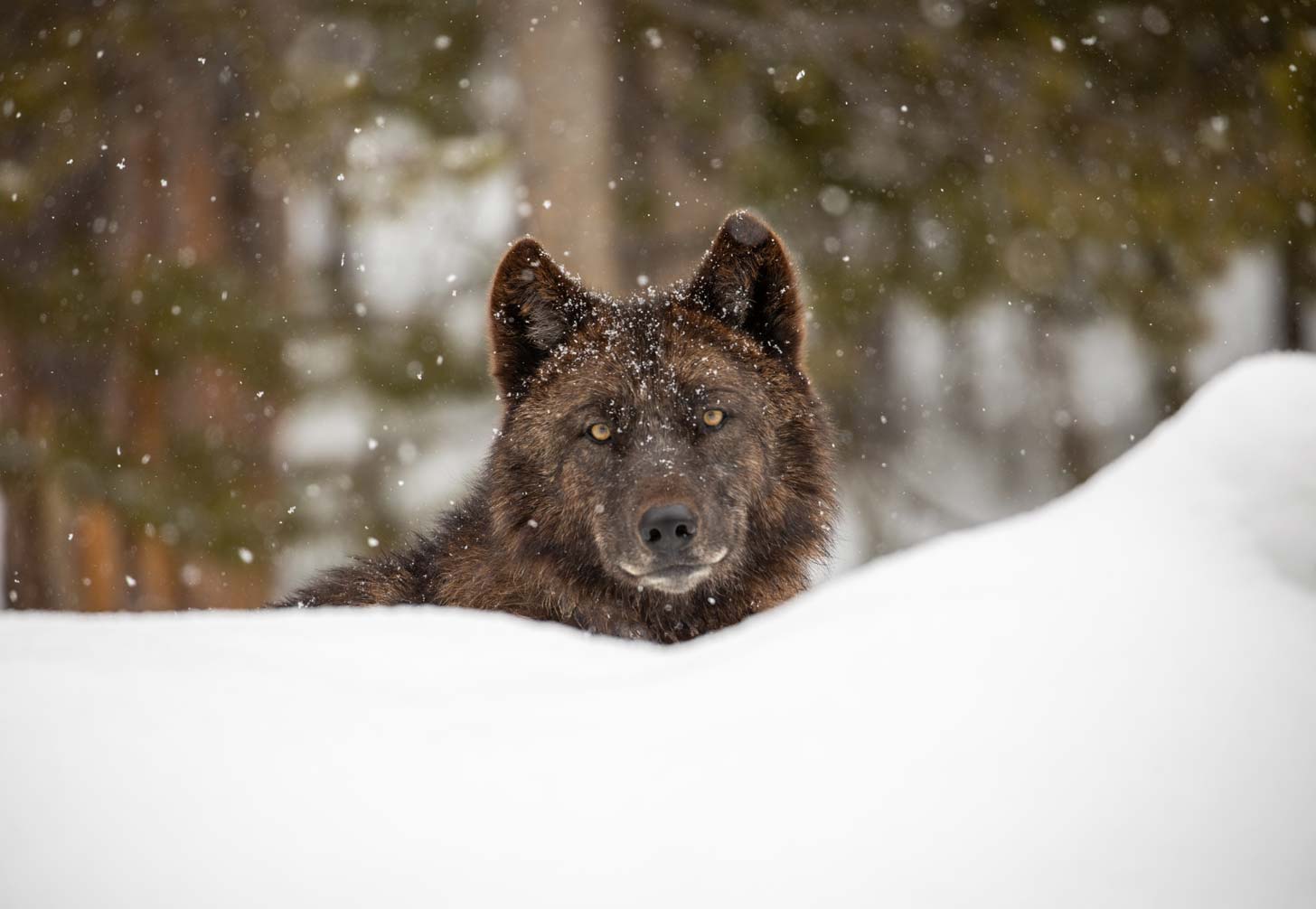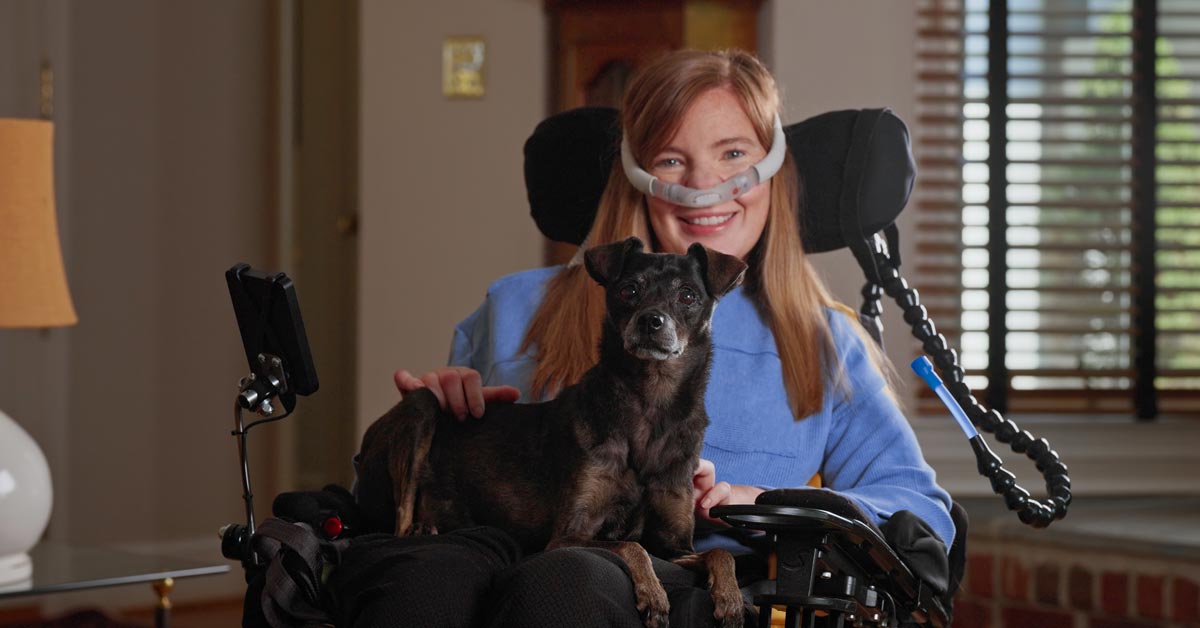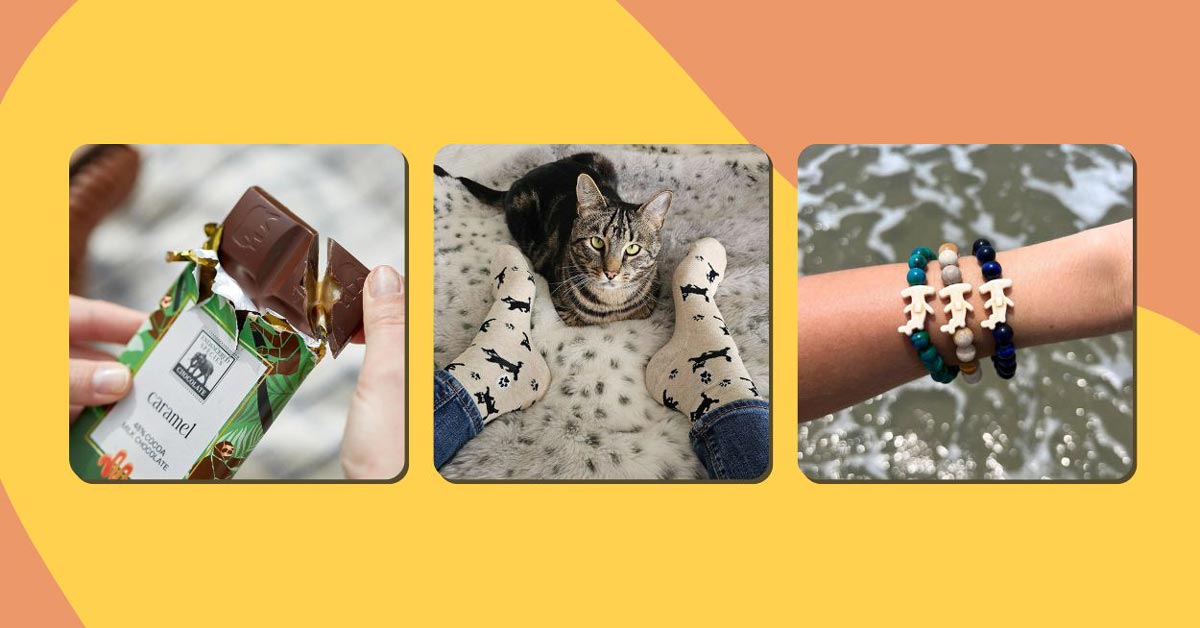Yellowstone National Park is the country’s first national park, established in 1872. At the time, wild gray wolves roamed the land, and fossil records show the species’ presence in the region dating back thousands of years.
According to Jeff Reed, a biolinguistics expert, when wolves howl to one another, it essentially means: “Here I am; where are you?” They speak to signal their territory.
Yellowstone’s early park managers lacked an understanding of ecosystems, viewing these wolves only as destructive predators in the early 20th century.
Overzealous hunting practices meant that, by the 1940s, wolf packs were nearly extinct in the Yellowstone area, as well as the lower 48 states of the U.S.

Although wolf populations began to rebound around the 1990s thanks to reintroduction programs, conservation efforts, and responsible hunting practices, it hasn’t been an easy road.
Fears about the impacts on livestock farming, hunting, and rural communities continue to keep reintroduction plans from being fully realized.
But Reed and his colleagues think local officials just don’t have the right data.
Reed is the founder of The Cry Wolf Project, a bioacoustics and artificial intelligence project that helps biologists, conservationists, and governments learn more about wolf populations.
The project has collected the largest repository of wild wolf vocalizations in the world, and they do it by using camouflaged, battery-operated autonomous recording units to capture the sound recordings of wolves in the wild.

From there, visual diagrams called spectrograms are created with the data, and AI looks for patterns that help experts map where wolves are, how many of them are present, and what they might be saying to one another.
“Every six kilometers, there are recorders running 24/7,” Reed told Good Good Good. “We know that wolves from one pack can count or estimate the amount of wolves howling in a rival pack without seeing them. So, we’re trying to see if we can count wolves just from audio recordings and improve census estimates of wildlife.”
Independent of the federal government, funding for Reed’s work is housed under Yellowstone Forever, the park’s nonprofit arm. While some programming has been disrupted by recent funding cuts, he refuses to let it be destroyed.
Wolves are a managed species in some states, but face removal from the federal Endangered Species Act, making it especially important to know more about these packs to maintain their population, he said.

While some camera traps can help count wolves within a couple dozen yards, ARUs can listen up to six miles away. Reed said this offers a low-cost and effective way to count wolf pack numbers and make wildlife management decisions based on the most accurate data available.
The project’s other efforts could help farmers and livestock communities.
Currently, farmers can keep wolves from their property using Radio-Activated Guard boxes, which emit bright flashing lights and play loud music.
But Reed says, “If you’re going to think like a wolf, why don’t you talk like a wolf?”
The idea is to capture wolf recordings and use them with the RAG boxes, which he said would serve as “a better deterrent than AC/DC.”
As the technology and research evolve with The Cry Wolf Project, Reed said he can also see the ARUs being a great resource for law enforcement to tackle illegal wildlife trade or illegal logging in other protected areas.
Beyond that, another motivator is sheer curiosity. While Reed still can’t exactly translate “Wolfish,” as he called it in a recent TED Talk, he and his team can tell the difference between howls, woas, whines, whimpers, teeth clicks, and more.
They have found that wolves make chorus calls to one another, often led by an alpha female. They also have a social bonding call — one they make when playing that essentially means “I love you.”

“Nothing symbolizes a wolf, and translates what it is, as a social animal, more than its howl,” Dr. Dan Stahler, senior wolf biologist at Yellowstone, told the Yellowstonian last year.
“I’ve known few people who aren’t genuinely moved whenever they hear a pack howling. It’s a sound you never forget — one that’s been present in the memory of our species for a long time.”
Humans face an unprecedented challenge in protecting wildness as a whole, but folks like Reed and Stahler believe we’re the best-equipped species for the job.
“Every creation story, written by almost every culture, talks about humans and animals at one time talking with one another,” he said.
“Why is that such a common theme? Is it because they had Google translate? No, it’s because they lived more like animals. Humans are really good at sound and meaning. And all we’ve got to do is pay attention.”
You may also like: Federal budget cuts are impacting national parks. Here are 5 ways you can help
A version of this article was originally published in The 2025 National Parks Edition of the Goodnewspaper.
Header image by NPS/Jim Peaco



